HotSpots H2O: South Sudanese Dying from Thirst and Water-Related Violence
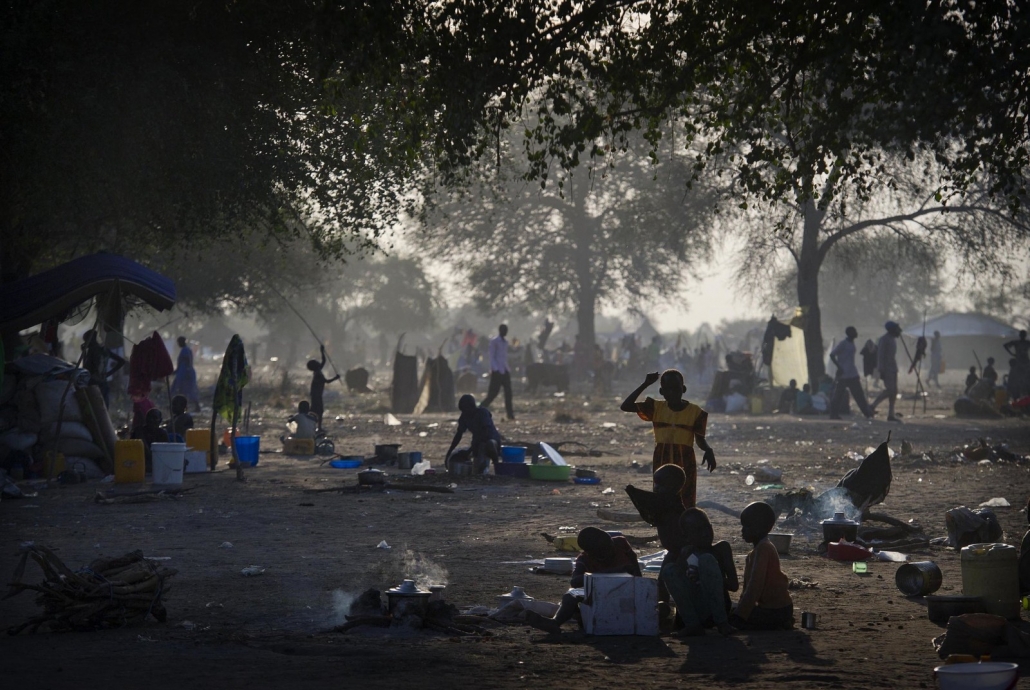
Awerial settlement, South Sudan. Photo courtesy of Oxfam East Africa/Flickr.
A September 2018 peace deal that was supposed to end years of violence that plagued the young country has not improved the outlook for millions of South Sudanese who face prolonged–and worsening–water and food insecurity.
According to government estimates, 80 percent of South Sudanese do not have steady access to clean water. The government says this is largely due to the destruction of infrastructure during the civil war that festered following the country’s independence from Sudan in 2011.
At the same time, the United Nations reports that 6.5 million people, more than half the country’s population, do not have enough nutritious food to eat. The number is expected to rise to 6.9 million in May and June, the end of the dry season. Erratic rainfall hampered early 2019 planting efforts, and food prices are beginning to rise.
A new report on conditions in South Sudan notes that water shortages have spurred conflict between many of the nation’s dozens of ethnic groups. In some areas, residents have died from dehydration.
“There has been no change for us since the peace deal was signed,” a woman named Nachunalan told The Independent. She emphasized the debilitating effects on women, who are forced to gather water and often caught in the crosshairs of conflict. “Women are facing thirst, hunger, and violence. When will it end?”
South Sudan’s civil war lasted five years, displaced millions, and left an estimated 400,000 people dead. Last year’s truce eased fighting, but experts warn that the agreement is precarious and the young country could become embroiled again in battles over food and water.
“We have all been attacked walking to the boreholes. Water is scarce and the dry seasons are getting longer. This year we expect the number of deaths and attacks to be even higher,” explained Mary, a 25-year-old mother from Boma. Mary claimed to know 10 people who died from thirst in the past year.
Harnessing Supply
In many ways, South Sudan has a bountiful water supply. The White Nile and several other rivers run through the country. During the wet season, flooding is common. Yet the country is failing to harness the resource in a way that will halt violence and quench the thirst of its citizens.
Local governments recognize their inadequacies, but say they have limited funds and expertise to improve water infrastructure and storage capabilities.
“As the government, we don’t have the capacity to build permanent water infrastructure for people or livestock,” John Joseph, the governor of Boma, told The Independent. “Every year the violence is getting worse because access to water is deteriorating.”
Aid groups are working to improve infrastructure, but water, sanitation, and hygiene programs are poorly-funded. In some areas, violence is also limiting humanitarian access.
The government has discussed building a dam on the White Nile, but the plausibility of the project is unsure. In the meantime, just 0.1 percent of the national budget is set aside for water.
Kayla Ritter is a recent graduate of Michigan State University, where she studied International Relations and Teaching English to Speakers of Other Languages. She is currently based in Manton, Michigan. Kayla enjoys running, writing, and traveling. Contact Kayla Ritter

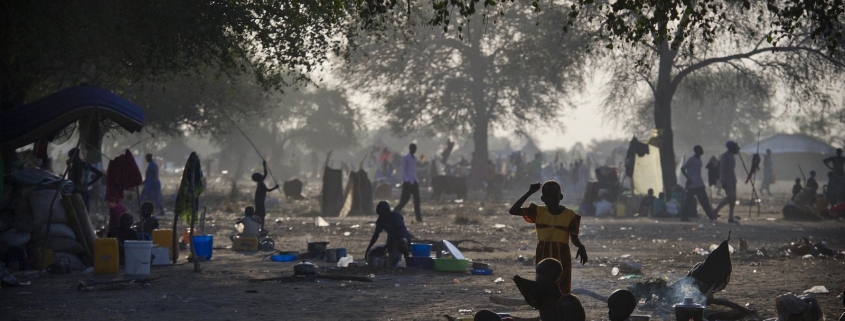

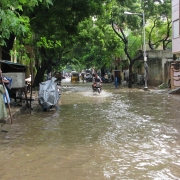
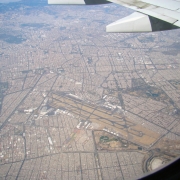
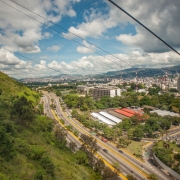
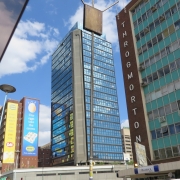




Leave a Reply
Want to join the discussion?Feel free to contribute!